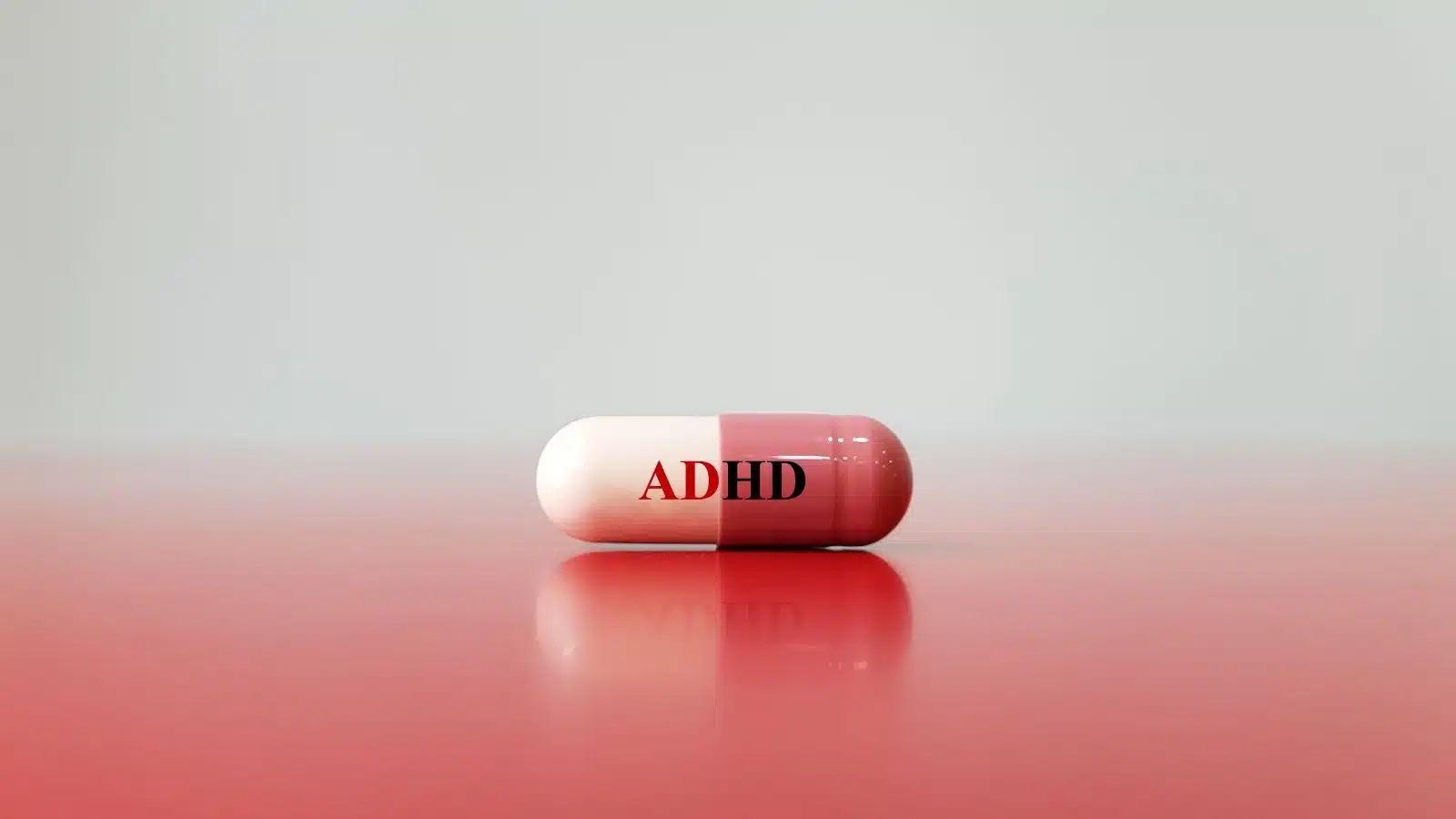Adderall is a widely prescribed medication used primarily to treat Attention Deficit Hyperactivity Disorder (ADHD) and narcolepsy. It is a combination of two stimulant drugs, amphetamine and dextroamphetamine. When taken, Adderall stimulates the central nervous system, increasing focus and attention, and reducing hyperactivity and impulsiveness. While Adderall can be beneficial for those with ADHD, it can also be misused and abused, leading to potential side effects and risks.
What is Adderall?
Adderall belongs to a class of drugs called central nervous system (CNS) stimulants. It is available in both immediate-release and extended-release formulations, with immediate-release tablets typically lasting for about 4-6 hours and extended-release capsules providing a longer duration of effect. Adderall works by increasing the levels of neurotransmitters like dopamine and norepinephrine in the brain, which helps improve attention and behavior.
If you are using Adderall or planning to use it, it’s important to understand how long it remains in your system. This knowledge can be crucial for various reasons, such as drug testing, understanding the effects of the medication, and avoiding potential interactions with other drugs.

Factors Affecting Adderall’s Stay in the System
Several factors can influence how long Adderall stays in your system. These factors include:
1. Dosage and Formulation
The dosage and formulation of Adderall can affect how long it remains in your system. Higher doses of the medication may take longer to clear from your body.
2. Individual Metabolism
Each person’s metabolism is unique. Some individuals may metabolize the drug faster than others, leading to a shorter duration in their system.
3. Age and Weight
Younger individuals and those with higher body weight tend to process medications more quickly. This can contribute to a shorter detection window for Adderall.
4. Liver and Kidney Function
The liver and kidneys play significant roles in the metabolism and elimination of drugs from the body. Impaired liver or kidney function can result in a longer duration of Adderall in the system.
5. Enzyme Variants
Genetic variations in certain enzymes, such as cytochrome P450 enzymes, can impact how quickly Adderall is metabolized. These genetic differences can lead to variations in its elimination.
How Long Does Adderall Stay in the System?
1. Duration of the Effect
The duration of Adderall’s effects may vary depending on the individual and the formulation. Immediate-release Adderall typically lasts for around 4-6 hours, while extended-release Adderall XR can provide effects for up to 12 hours.
2. Half-life of Adderall
The half-life of a drug refers to the time it takes for the concentration of the drug in the body to be reduced by half. Adderall has an average half-life of about 10 hours. This means it takes approximately 10 hours for half of the ingested dose to be eliminated from the body. However, it’s important to note that individual factors can influence the specific half-life for each person. As mentioned earlier, several factors can influence the duration of time Adderall remains in your system.

3. Blood
Adderall can be detected in the blood for up to 46 hours after the last dose. This is the most accurate method for determining the presence of the drug.
4. Urine
Adderall can be detected in urine for approximately 1-4 days after the last use. However, in chronic users or those taking higher doses, it may be detectable for up to a week.
5. Saliva
Adderall can be detected in saliva for around 20-50 hours after the last use. Saliva testing is less common but may be used in certain circumstances.
6. Hair
Adderall can be detected in hair follicles for up to 90 days. However, hair testing is less common and typically used for long-term monitoring rather than immediate detection.
Side effects and risks of Adderall:
While it can be highly effective in treating these conditions, it is important to understand that Adderall also carries certain side effects and risks. Here is a detailed explanation of some common side effects and potential risks associated with Adderall:
1. Common side effects:
- Insomnia: Adderall can disrupt sleep patterns, causing difficulty in falling asleep or staying asleep.
- Loss of appetite: This medication often suppresses appetite, leading to weight loss.
- Dry mouth: Adderall can reduce saliva production, resulting in a dry mouth and increased thirst.
- Headache: Some individuals may experience headaches as a side effect of Adderall.
- Nervousness: The stimulant nature of Adderall can cause feelings of restlessness or anxiety.
- Increased heart rate: Adderall can elevate heart rate, leading to palpitations or a pounding sensation in the chest.
- Dizziness: Some individuals may experience dizziness or lightheadedness while taking Adderall.
- Upset stomach: Nausea, vomiting, and abdominal pain can occur as side effects of this medication.

2. Less common side effects:
- Mood changes: Adderall can cause changes in mood, such as irritability, agitation, or even depressive symptoms.
- Twitching or tremors: Some individuals may experience muscle twitches or tremors while taking Adderall.
- Increased blood pressure: Adderall can raise blood pressure levels, which may be problematic for individuals with preexisting hypertension.
- Sexual dysfunction: Some individuals may experience a decrease in libido or other sexual dysfunctions while on Adderall.
3. Potential risks:
Dependence and addiction: Adderall contains amphetamine and dextroamphetamine, which are stimulant drugs with a potential for abuse or dependence. Individuals with a history of substance abuse are at higher risk for developing addiction to Adderall.
- Cardiovascular risks: Adderall can increase the risk of cardiovascular complications, including heart attacks, strokes, and sudden death, particularly in individuals with preexisting cardiovascular conditions.
- Psychiatric complications: Adderall can exacerbate existing psychiatric conditions, such as anxiety or bipolar disorder. In rare cases, it may even induce psychosis-like symptoms, including hallucinations or delusions.
- Growth suppression: In some cases, long-term use of Adderall in children may lead to growth retardation, although this effect usually stabilizes after repeated use.
Conclusion
It’s important to note that while these side effects and risks exist, they do not affect all individuals who take Adderall. Many people tolerate the medication well and experience substantial improvement in their symptoms under the supervision of a healthcare professional. However, it is advisable to consult with a doctor before starting or discontinuing any medication and to report any concerning side effects experienced during the use of Adderall.
If you have any concerns or questions about Adderall’s presence in your system or its effects, it’s always best to consult with your healthcare provider. They can provide personalized information based on your specific circumstances and medical history.












